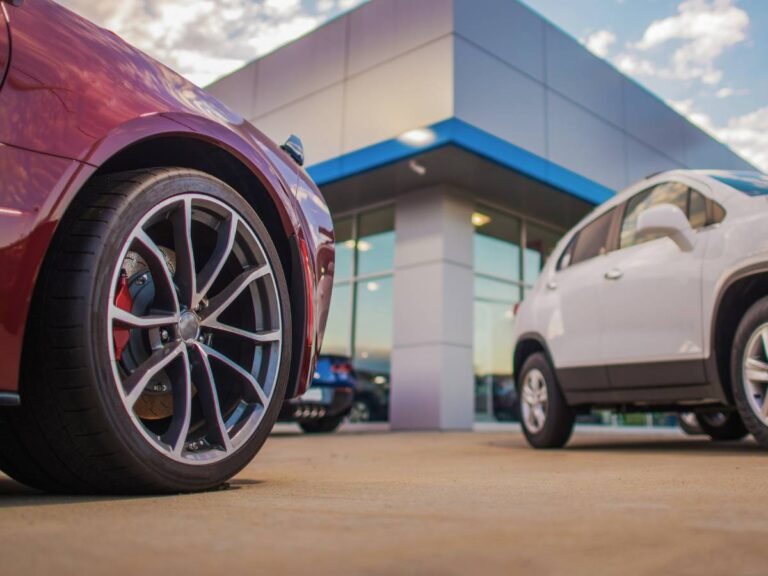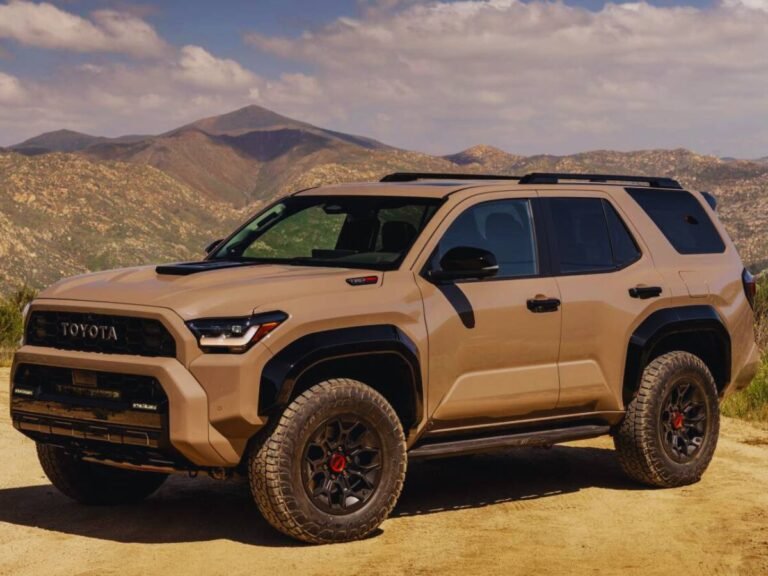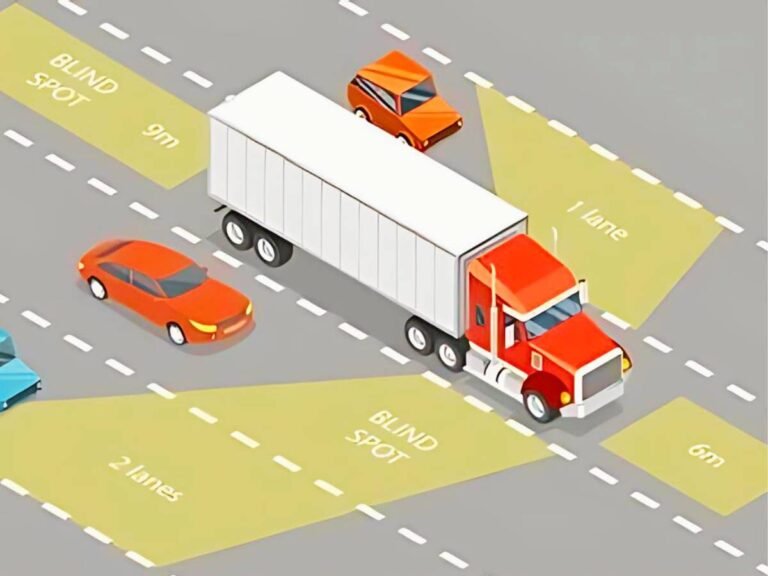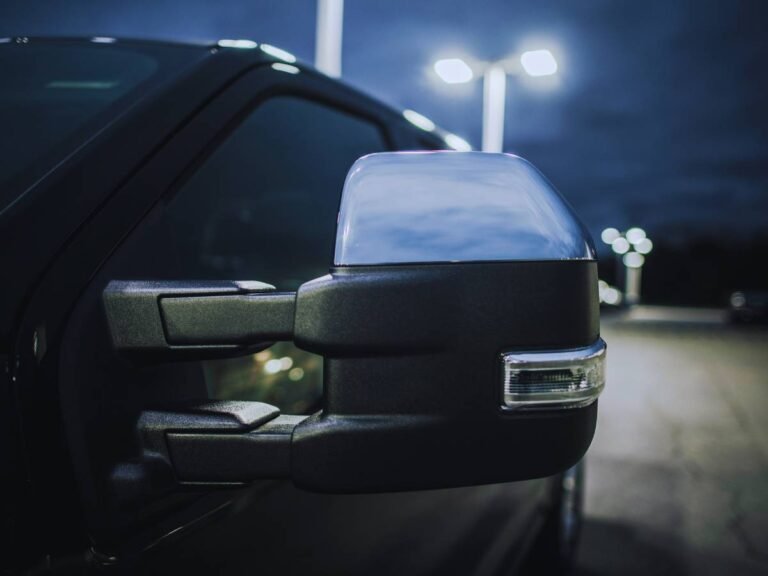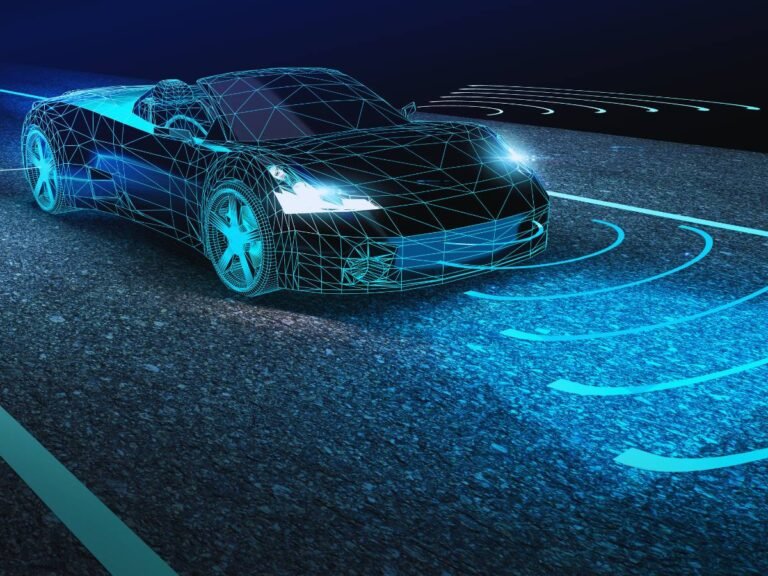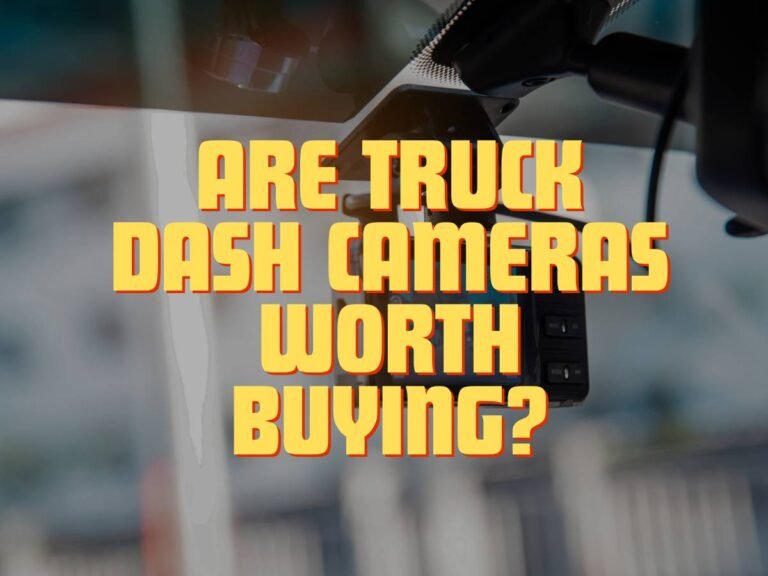A Beginner’s Guide to Motorcycle Blind Spot Mirror
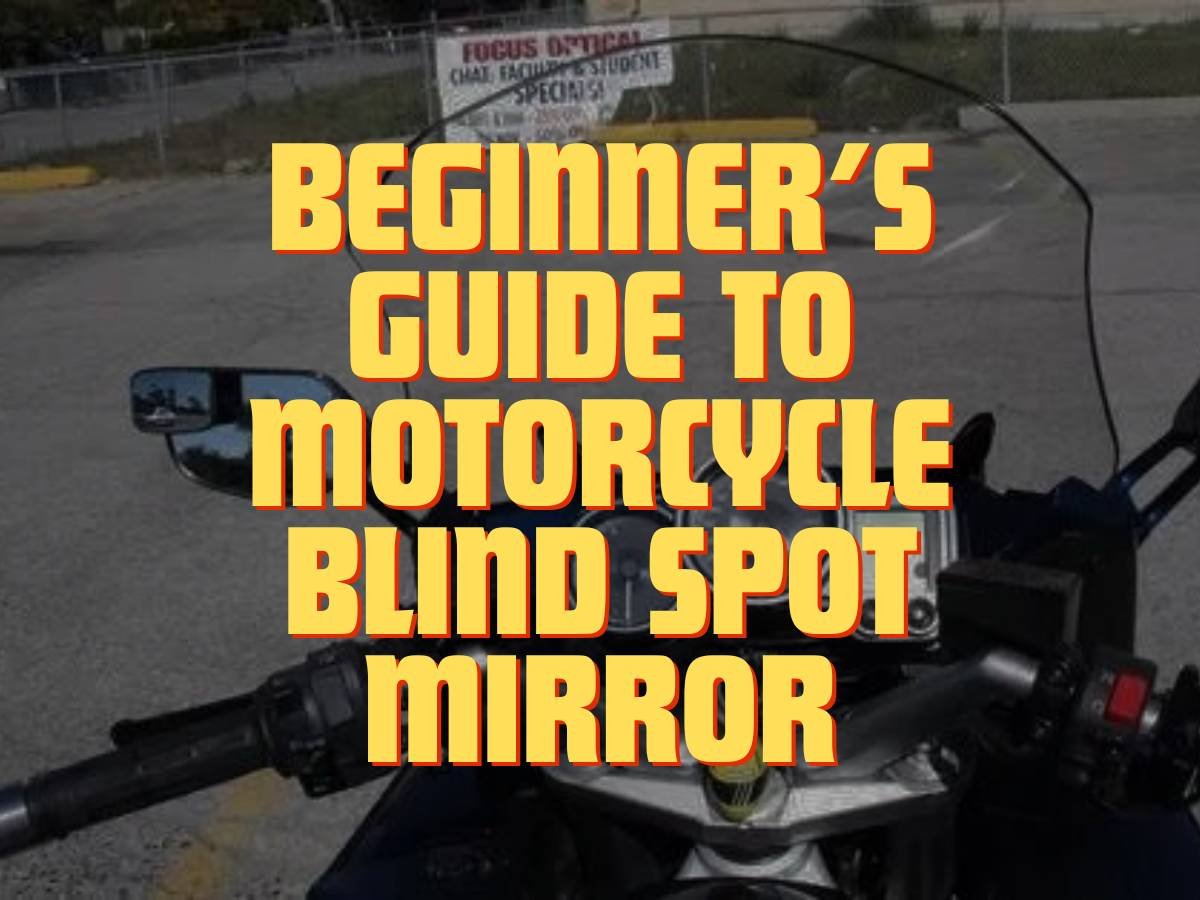
Motorcycle accidents can be exponentially more rough than a car or truck. That’s because a bike is open from all sides. Many people rely on the side-view mirror of a motorcycle. While it can help, it has many limitations. That is why you should consider going for a motorcycle blind spot mirror.
Are you unaware of this tool? There’s no need to worry. This guide will provide all the information you need. So, let’s get started!
Introduction to Motorcycle Blind Spots
A blind spot is an area around the vehicle that cannot be directly observed by the driver. For motorcyclists, these are the zones that are not visible in the rearview mirrors. These areas are typically over the shoulders on both sides of the rider.
Blind spots can vary in size depending on the type and design of the motorcycle. The other factors that can affect blind spots include the rider’s position and posture.
Motorcycles, like all vehicles, have structural elements that create areas obscured from the rider’s view. Some of the reasons are:
- Helmet Design: While essential for safety, helmets can restrict peripheral vision to some extent.
- Body Position: The rider’s body position can naturally block the view to the rear. Depending on how a rider sits or turns, certain areas around the motorcycle become harder to monitor.
- Mirror Size and Position: Motorcycle mirrors are generally smaller and less optimally positioned than those on cars. They often show only the road directly behind and not much of the lanes beside the motorcycle.
Why Motorcycle Blind Spots are Dangerous?
The inability to see vehicles, objects, or pedestrians in these blind spots can lead to devastating collisions. That is especially observed during lane changes and turns. Here are some of the risks involved:
- Collisions During Lane Changes: One of the most common accidents involving motorcycles occurs during lane changes. A rider may fail to see a vehicle approaching from behind or beside them, leading to a collision.
- Near Misses at Intersections: Blind spots can cause a rider to overlook vehicles coming from different directions at intersections. That can result in near misses or accidents.
- Reduced Reaction Time: Not being aware of an encroaching vehicle or obstacle in a blind spot can significantly reduce the time a rider has to react. The slower response time can lead to devastating consequences.
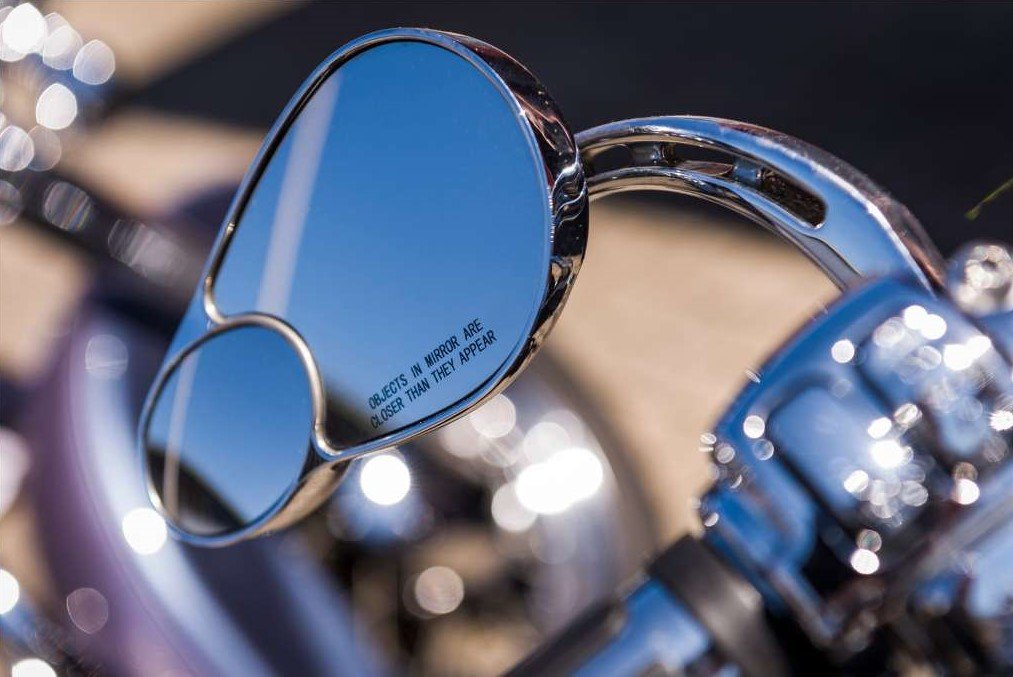
Types Of Motorcycle Blind Spot Mirror
A motorcycle blind spot mirror is an essential safety accessory that can enhance road visibility significantly. As a result, it minimizes the risk of accidents due to unseen vehicles or obstacles. Various types of blind spot mirrors are available, each designed to address specific visibility challenges. Let’s look at them in detail:
1. Convex Blind Spot Mirror
Convex mirrors are one of the most popular types of blind spot mirrors. They are designed to provide a wider field of view than flat mirrors. The curved surface of a convex mirror allows it to reflect objects from a broader angle. It effectively increases what you can see from your riding position.
A convex mirror is particularly useful for spotting vehicles that are not only directly beside you but also at a considerable angle behind you.
Pros of Choosing a Convex Mirror
Here are the primary benefits you get with a convex blind spot mirror:
- Offers a panoramic view, reducing blind spots significantly
- Allows for safer lane changes and merges by giving a clearer view of the surrounding traffic
- Generally smaller and unobtrusive, they do not clutter the bike’s profile
2. Adjustable Blind Spot Mirrors
Adjustable blind spot mirrors provide the added advantage of customization. These mirrors can be adjusted to suit different rider heights, seating positions, and personal preferences.
The flexibility of these mirrors is especially beneficial for riders who share their motorcycle with others. It also suits those riders who frequently reposition their mirror.
Pros of Choosing an Adjustable Mirror
The following are some benefits of an adjustable blind spot mirror:
- Can be easily adjusted to eliminate blind spots completely
- Ideal for motorcycles used by multiple riders with different visibility needs
- Easy to adjust without needing tools or removing the mirror
How to Choose the Right Motorcycle Blind Spot Mirror?
Consider the following factors when choosing a motorcycle blind spot mirror:
Your Riding Style
If you often ride in traffic, the broader view of a convex mirror might be preferable. For those who prioritize versatility and specific adjustability, an adjustable mirror is ideal
Your Motorcycle
Some mirrors might fit better with certain motorcycle models and designs. Ensure the mirror does not interfere with other controls or accessories
Personal Preference
Ultimately, the choice often comes down to personal preference. That includes the ease of use, aesthetics, and the specific riding environments you commonly face.
FAQs
Q. Where to Place Blind Spot Mirror on Motorcycle?
You have to install the motorcycle blind spot mirror on the existing side-view mirror for a greater view of blind spots than those mounted on the front or rear windows.
Q. Do Motorcycle Rear View Mirrors have Blind Spots?
Yes, motorcycle rear-view mirrors do have blind spots. Generally, a motorcycle’s blind spot is the area directly behind it.
Conclusion
In conclusion, the addition of motorcycle blind spot mirrors is a small but significant step toward enhancing road safety for every rider. Understanding the dynamics of blind spots and the risks they pose is crucial. That is especially true for the frequent riders who take to the road on two wheels. By choosing the right type of blind spot mirror, you can drastically reduce these risks.
Each type of motorcycle blind spot mirror offers unique benefits, and your choice should align with your specific riding needs. Convex mirrors are excellent for a broad and expansive view, while adjustable mirrors offer the flexibility to adapt to different riders and riding styles. Remember, the right blind spot mirror not only expands your view but also enhances your confidence and control on the road.

